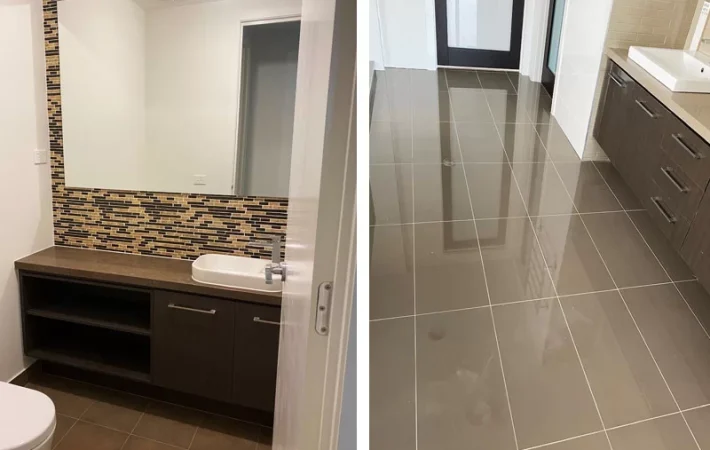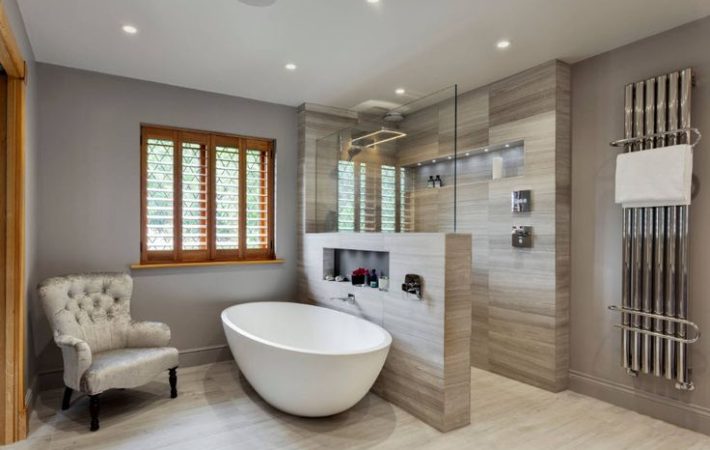Automatic sliding doors have become a staple in modern architecture, offering convenience, aesthetic appeal, and a seamless transition between indoor and outdoor environments. However, one of their most significant benefits is often overlooked: their energy efficiency. This blog post delves into the various aspects of how automatic sliding doors contribute to energy savings, enhancing both comfort and cost-effectiveness in various settings.
Understanding Automatic Sliding Doors
Automatic sliding doors are designed to open and close automatically in response to motion, typically using sensors. They are a common feature in commercial buildings such as malls, airports, and office buildings, but they are increasingly found in residential settings as well. The primary advantage of these doors is their ability to reduce the amount of time they are open, thus minimizing the energy loss associated with traditional hinged or manual sliding doors.
How Do Automatic Sliding Doors Work?
Automatic sliding doors operate using a combination of sensors, motors, and control systems. The sensors detect movement in the vicinity of the door and send a signal to the motor, which then powers the sliding mechanism. The control system ensures that the door opens and closes smoothly and adjusts to the flow of traffic, optimizing its operation for efficiency.
Types of Automatic Sliding Doors
There are several types of automatic sliding doors, each designed to cater to specific needs and settings:
– **Bi-Parting Sliding Doors:** These doors consist of two panels that slide open from the center, ideal for high-traffic areas.
– **Single-Slide Doors:** Featuring one sliding panel, these doors are suited for smaller openings or areas with limited space.
– **Telescopic Sliding Doors:** These doors have multiple panels that slide and overlap, allowing for wider openings without requiring additional space.
Understanding the different types can help you select the most appropriate option for your needs, ensuring optimal performance and energy efficiency.
Energy Efficiency Benefits of Automatic Sliding Doors
Automatic sliding doors offer several key benefits in terms of energy efficiency. Here’s a closer look at how they contribute to reducing energy consumption:
Reduced Heat Loss
One of the primary ways automatic sliding doors enhance energy efficiency is by reducing heat loss. Traditional hinged doors often stay open longer than necessary, allowing conditioned air to escape. Automatic sliding doors, however, open only when needed and close quickly once the person has passed through. This rapid operation helps maintain indoor temperatures, reducing the workload on heating and cooling systems.
Improved Insulation
Automatic sliding doors are often equipped with advanced sealing technologies that improve insulation. Modern designs feature high-quality weatherstripping and insulated frames, which prevent drafts and heat transfer. This improved insulation minimizes the need for constant temperature adjustments and contributes to overall energy savings.
Enhanced Climate Control
In commercial buildings, automatic sliding doors play a crucial role in maintaining a controlled indoor climate. By minimizing the duration of door openings, these doors help keep external weather conditions from affecting the interior environment. This is particularly beneficial in areas with extreme temperatures, where maintaining a stable indoor climate is essential for comfort and energy efficiency.
Factors Affecting the Energy Efficiency of Sliding Auto Doors
While automatic sliding doors are inherently more energy-efficient than manual doors, several factors can influence their overall performance. Understanding these factors can help you make informed decisions about the installation and maintenance of your sliding auto doors.
Door Placement and Size
The placement and size of automatic sliding doors can impact their energy efficiency. Doors that are too large or poorly placed may not close properly or may remain open longer than necessary, leading to increased energy loss. Properly sizing and positioning the doors ensures that they operate efficiently and effectively.
Sensor Sensitivity and Adjustment
The sensitivity of the sensors used in automatic sliding doors plays a significant role in their energy efficiency. If the sensors are too sensitive, the door may open and close more frequently than needed, leading to unnecessary energy consumption. Conversely, if the sensors are not sensitive enough, the door may remain open for longer periods. Regular maintenance and adjustments to sensor settings can help optimize door performance and energy efficiency.
Maintenance and Upkeep
Regular maintenance is essential for ensuring that automatic sliding doors continue to operate efficiently. Over time, wear and tear can affect the door’s ability to close properly, leading to increased energy loss. Routine inspections and timely repairs can prevent such issues and maintain the door’s energy-efficient performance.
Case Studies: Real-World Examples of Energy Savings
To illustrate the impact of automatic sliding doors on energy efficiency, let’s examine a few real-world examples where these doors have made a significant difference.
Case Study 1: Retail Store Efficiency
A large retail store installed automatic sliding doors at its entrance to improve energy efficiency. The store reported a notable reduction in heating and cooling costs due to the doors’ ability to minimize heat loss. By closing quickly after each customer entered or exited, the doors helped maintain a stable indoor temperature, leading to substantial savings on energy bills.
Case Study 2: Office Building Climate Control
An office building with high foot traffic implemented automatic sliding doors in its main lobby. The result was improved climate control and a decrease in energy consumption. The doors’ ability to limit the amount of outside air entering the building helped reduce the strain on the building’s HVAC system, leading to lower energy costs and a more comfortable working environment.
Case Study 3: Airport Terminal Efficiency
An airport terminal upgraded to automatic sliding doors in several high-traffic areas. The new doors contributed to better temperature regulation and a decrease in energy usage. The enhanced insulation and reduced heat loss helped maintain a comfortable environment for travelers while lowering the terminal’s overall energy expenses.
Conclusion
Automatic sliding doors offer a range of benefits beyond their convenience and aesthetic appeal. Their energy efficiency is a significant advantage, contributing to reduced heat loss, improved insulation, and better climate control. By understanding the factors that affect their performance and ensuring proper maintenance, you can maximize the energy-saving potential of these doors.
Whether for commercial or residential use, automatic sliding doors represent a smart investment in energy efficiency. As technology continues to advance, these doors are likely to become even more effective at conserving energy and enhancing comfort. If you’re considering upgrading your doors or installing new ones, the energy-efficient benefits of automatic sliding doors should be a key consideration in your decision-making process.







Leave a comment
Your email address will not be published. Required fields are marked *